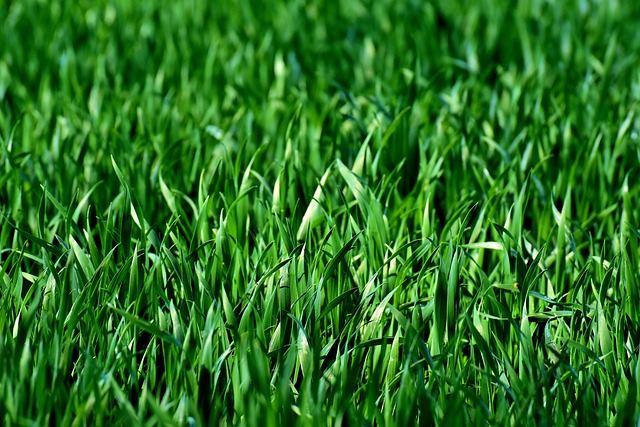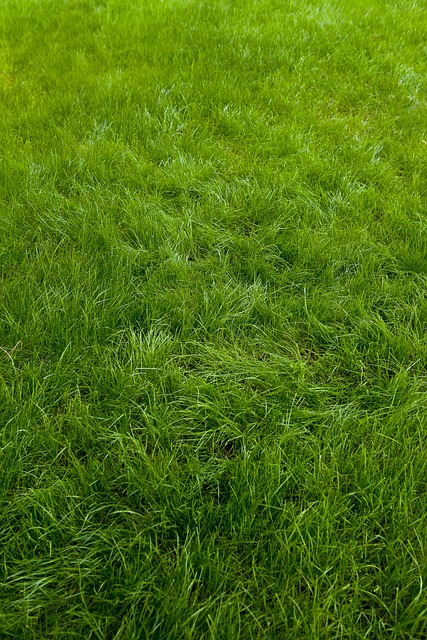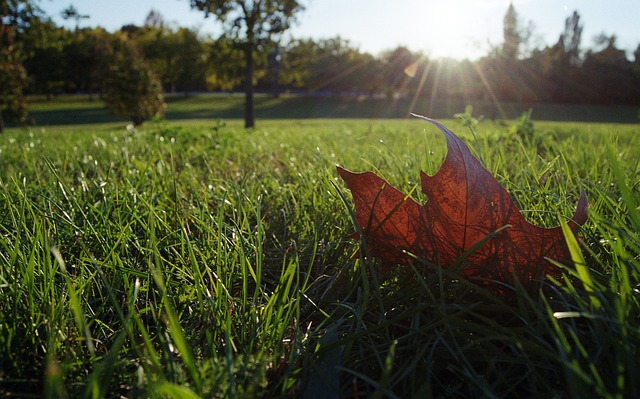Maintaining optimal mowing heights for industrial weed control along pipelines in Centennial involves varying cutting depths based on grass type and season. Regular mowing enhances aesthetics and pipeline safety while advanced techniques like precise herbicide application and monitoring ensure effective weed management without damaging infrastructure or the environment, contributing to Centennial's commitment to sustainable landscape solutions.
In the realm of pipeline maintenance, ensuring safety and longevity involves strategic lawn plant mowing height adjustments. This article delves into the intricate balance between industrial weed control and efficient mowing practices, particularly in areas adjacent to Centennial’s vast pipeline networks. Understanding optimal mowing heights is paramount for preventing vegetation-related hazards while fostering a harmonious environment. We explore effective strategies tailored for industrial applications near Centennial, highlighting innovative approaches to manage weeds along these critical infrastructures.
- Understanding Mowing Heights for Pipeline Safety
- Industrial Weed Control Strategies Near Pipelines
- Centennial's Approach to Efficient Mowing Practices
Understanding Mowing Heights for Pipeline Safety

Maintaining proper mowing heights is crucial for ensuring industrial weed control along pipelines, especially in areas like Centennial. Different grasses and weeds have varying growth habits and requirements, so understanding ideal cutting heights is essential. For most turfgrasses, aiming for a height of 2-3 inches (5-7 cm) encourages robust growth while minimizing the risk of stress or disease.
In industrial settings near pipelines, regular mowing practices not only promote aesthetic appeal but also play a vital role in pipeline safety. Lower cutting heights might be necessary during specific weed control treatments to ensure complete removal and prevent regrowth. However, consistently keeping grass too short can weaken the turf, making it more susceptible to invasive species and environmental damage. Therefore, adjusting mowing heights according to seasonal changes and grass type is key to maintaining a healthy, sustainable landscape while ensuring pipeline safety in Centennial and similar industrial areas.
Industrial Weed Control Strategies Near Pipelines

Maintaining a pristine lawn near critical infrastructure like pipelines requires effective industrial weed control strategies. In areas surrounding Centennial, meticulous planning and tailored techniques are essential to manage unwanted vegetation without causing damage or disrupting safety measures. One key approach involves the use of specialized equipment for precise herbicide application, ensuring targeted treatment while minimizing environmental impact.
By adopting advanced industrial weed control methods, professionals can effectively suppress growth along pipeline right-of-ways, maintaining a clear and safe zone. These strategies often include regular monitoring, selective herbicides, and mechanical interventions to prevent weed seeds from taking root and spreading. Such proactive measures contribute to the overall integrity of the pipeline system while fostering an aesthetically pleasing landscape in Centennial.
Centennial's Approach to Efficient Mowing Practices

Centennial, a leading provider in sustainable landscape solutions, has pioneered efficient mowing practices that go beyond conventional methods. Their approach to lawn plant mowing height adjustments is meticulously designed to enhance both aesthetics and environmental sustainability. By optimizing cutting heights, Centennial reduces the need for frequent mowing, minimizing fuel consumption and carbon emissions, particularly in industrial settings like weed control along pipelines near Centennial.
This strategic approach involves scientific research into grass biology and climate patterns. Centennial’s experts recommend adjusting mowing heights based on seasonal changes, promoting healthier grass growth. This method not only conserves resources but also reduces the risk of environmental degradation associated with traditional mowing practices. In the context of industrial weed control along pipelines, Centennial’s techniques ensure targeted and efficient management while preserving the surrounding ecosystem.
In conclusion, optimizing lawn plant mowing heights plays a crucial role in both pipeline safety and efficient industrial weed control. As discussed, understanding the right mowing practices, such as those adopted by Centennial, can significantly reduce vegetation growth near pipelines. Implementing these strategies ensures not only the structural integrity of underground infrastructure but also fosters a harmonious relationship between urban landscapes and vital energy networks, particularly in the context of vibrant industrial areas where effective weed management is essential for safety and operational efficiency. For businesses engaging in industrial weed control along pipelines near Centennial, adopting tailored mowing techniques can be a game-changer, contributing to a safer and more sustainable environment.
